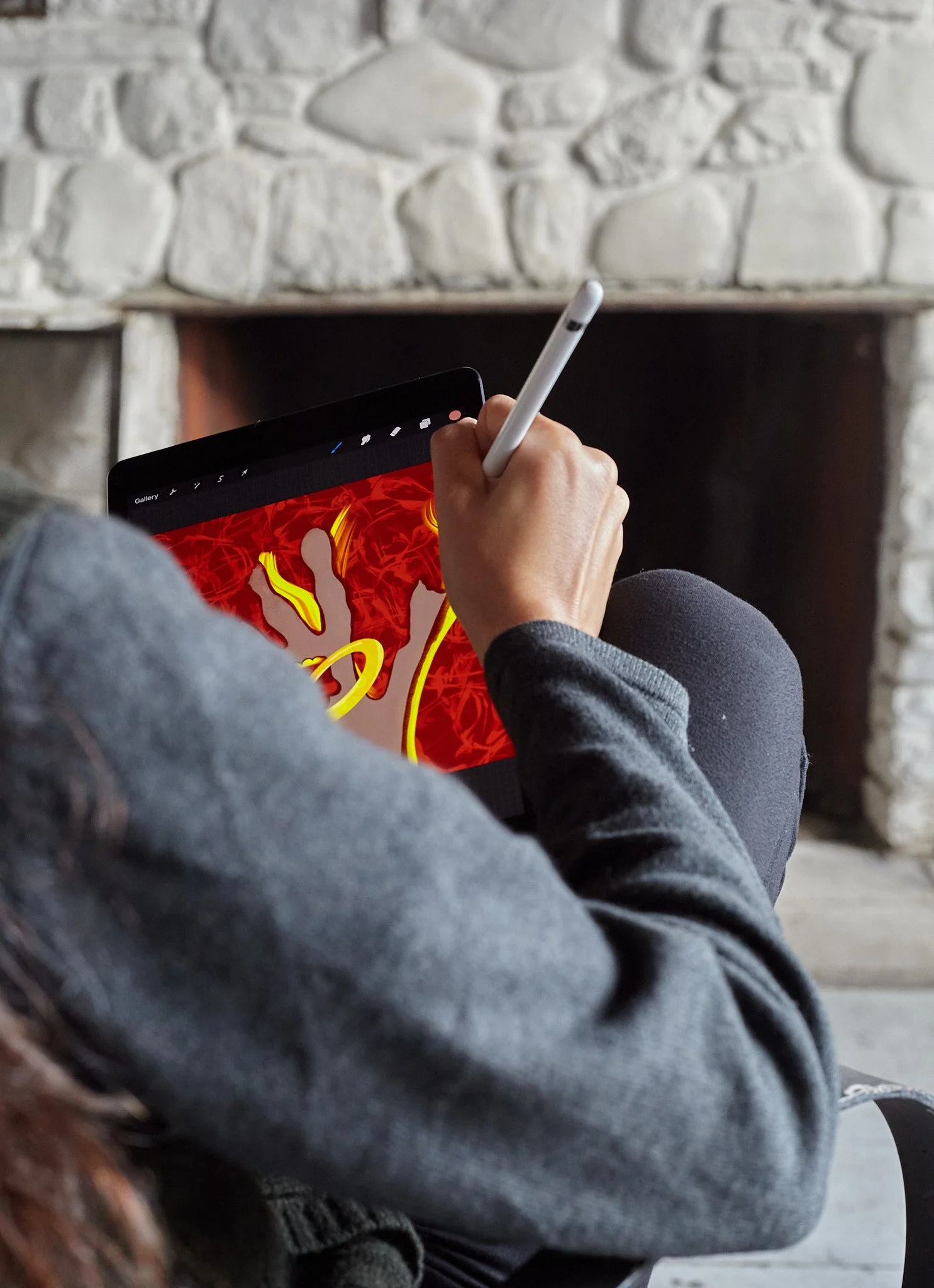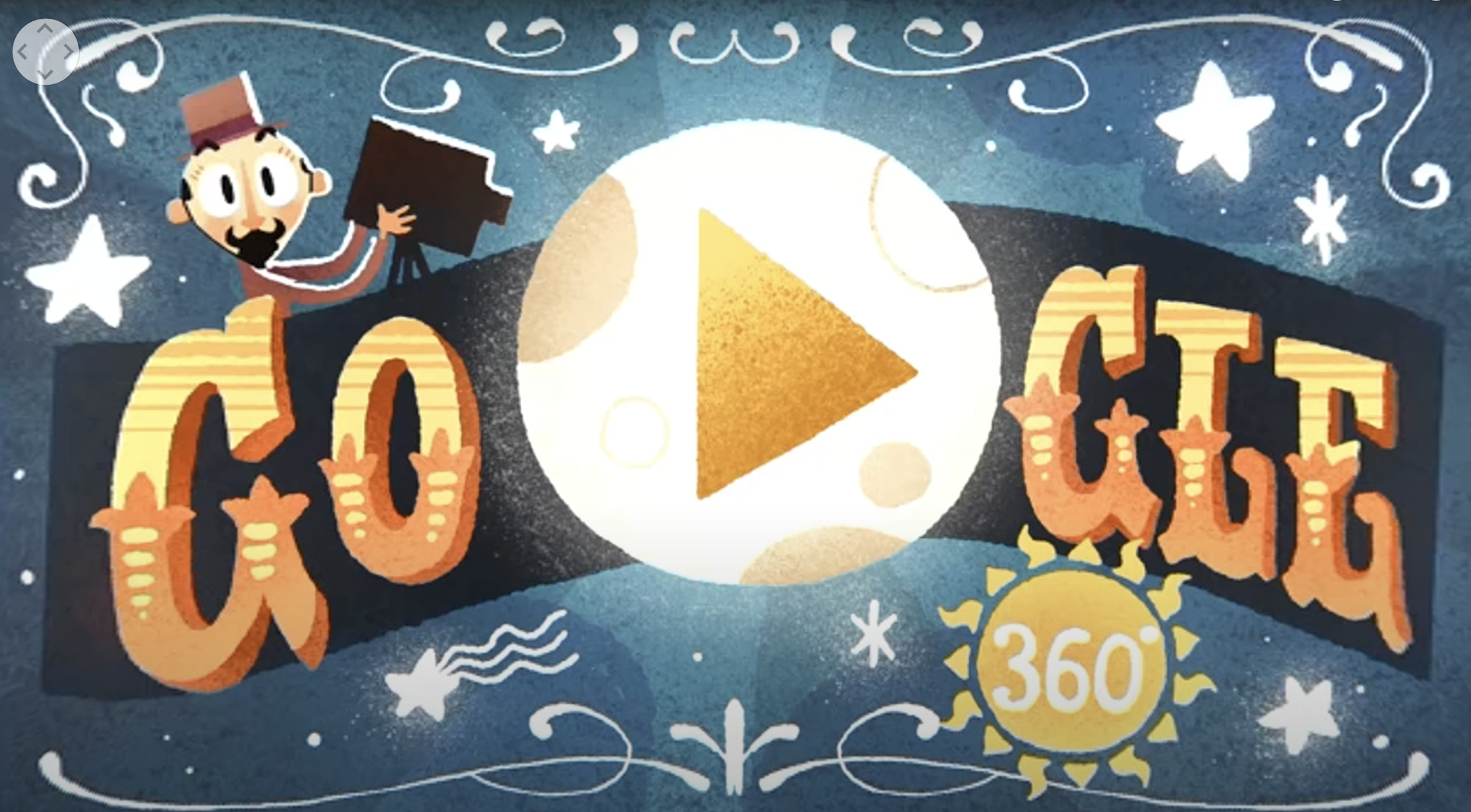
Vector vs. Raster: What’s the Difference and Why Does It Matter for Digital Artists?
If you’re new to digital art, or even if you’ve been at it a while, you’ve probably heard the terms vector and raster thrown around. Maybe someone said, “That’s a vector file” or “Oops, it’s too pixelated — it must be raster.” And you were like... okay cool... but what does that mean, exactly? Honestly, same. I had no idea what the difference was before I sat down and did my research. In this guide, I’ll break down everything I learned about vector and raster art, when to use each one, what tools to try, and how it affects the way you create, share, and sell your work.

What Flow’s Oscar Win Means for 3D Artists
When Flow took home the Oscar for Best Animated Feature this past Sunday, it was nothing short of groundbreaking. This film, created entirely with Blender — the free, open-source 3D animation software — not only claimed the most prestigious award in animation but also set records that could shake up the entire industry. While director Gints Zilbalodis and producers Matīss Kaža, Ron Dyens, and Gregory Zalcman made history, digital artists creating 3D motion design and animation took notes. For 3D artists, this win signals a massive shift in what’s possible with animation tools, and it opens up new doors for indie creators everywhere.

10 Things You Didn’t Know About Google Doodles
Google Doodles are temporary changes made to the Google logo on the homepage to celebrate holidays, events, anniversaries, and the lives of famous artists, pioneers, and historical figures. These doodles are often interactive and can include animations, mini-games, or visual representations of cultural or global milestones. Here’s 10 fun facts about Google Doodles.

